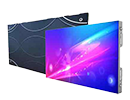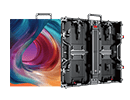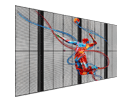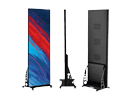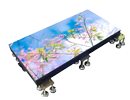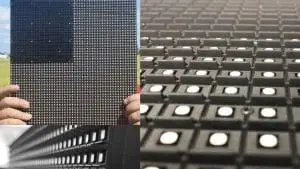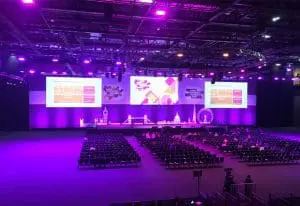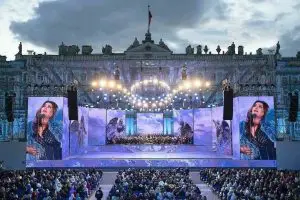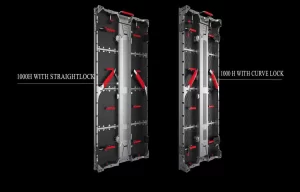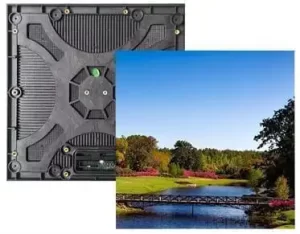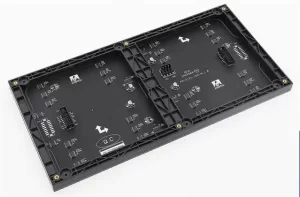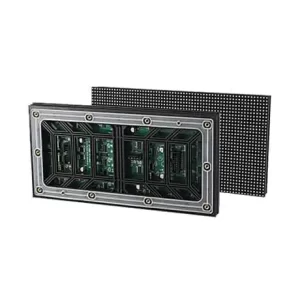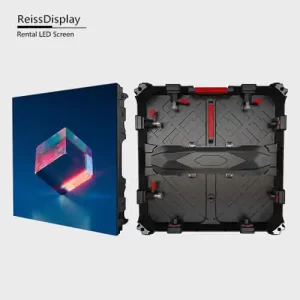LED video walls have rapidly evolved from futuristic displays in control rooms to dynamic visual canvases used in everything from retail and entertainment to education and corporate events. Yet one of the most common — and most misunderstood — questions from buyers and project managers alike is: what is the resolution of LED video walls?
While it might sound like a simple question with a simple answer, the reality is that resolution in LED video walls is influenced by several factors beyond just “pixel count.” Understanding how resolution works is essential for choosing the right display for the right space and purpose.
Understanding Resolution in LED Video Walls
When discussing LED display resolution, it’s tempting to compare it to LCD screens — like those in laptops, TVs, or smartphones. These devices have fixed pixel dimensions, such as 1920×1080 (Full HD) or 3840×2160 (4K). However, LED video walls don’t always follow these fixed formats. Instead, their resolution is defined by the total number of pixels across the entire physical display, which can be customized based on the project’s size, pixel pitch, and intended viewing distance.
In other words, an LED video wall’s resolution is not a pre-defined number — it is built.
This brings us to one of the biggest factors influencing resolution: pixel pitch.
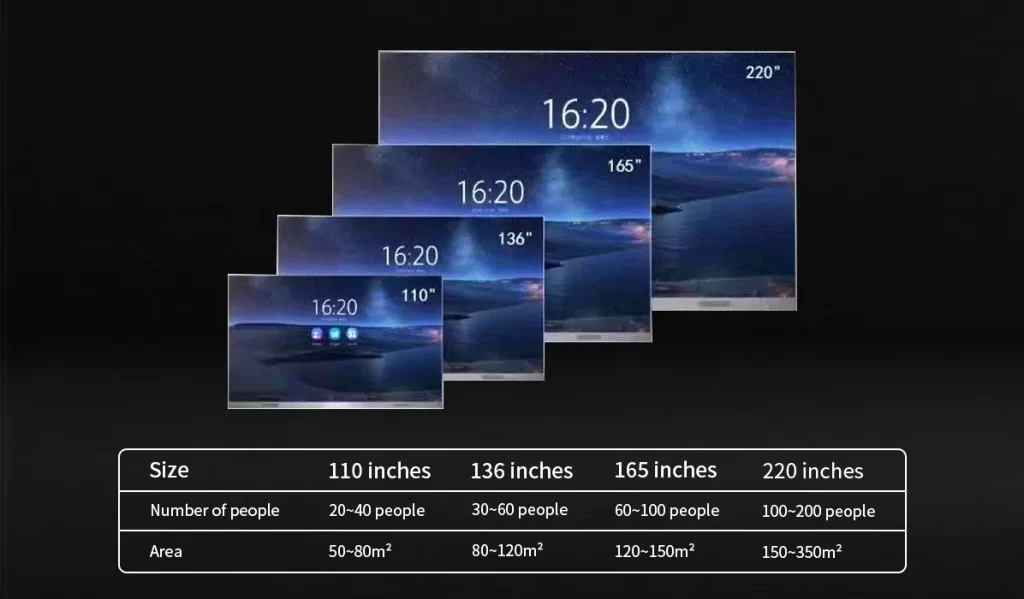
The Role of Pixel Pitch
Pixel pitch refers to the distance between the center of two adjacent pixels (usually measured in millimeters). A smaller pixel pitch means that the pixels are packed more closely together, allowing more pixels per square meter — which translates to a higher resolution for the same physical space.
For example:
- A 2.5mm pixel pitch screen will have significantly more pixels (and thus higher resolution) than a 5mm pitch screen of the same size.
- A 1.2mm pitch screen in a boardroom can deliver near-4K resolution on a screen just a few meters wide.
The choice of pixel pitch affects not only the clarity of the image but also the minimum viewing distance. A tighter pitch is ideal for close-up environments like TV studios, control centers, or retail shops where people are just feet away from the display.
How Screen Size Impacts Resolution
The second major factor influencing the resolution of LED video walls is their physical size. Larger screens can accommodate more pixels — especially when using smaller pixel pitches — thereby increasing the resolution. However, simply scaling the screen size without adjusting the pitch may not improve clarity.
Let’s look at an example:
- A 3×2 meter LED video wall using a 2.5mm pitch will have approximately 1200×800 pixels.
- A 6×4 meter screen using the same pitch will have double the resolution: 2400×1600 pixels.
This scalability gives LED walls their modular flexibility — you can design them to meet the exact visual resolution you need by adjusting both pitch and panel quantity.
Different Models, Prices, and Resolutions: Choose What Fits Your Needs and Budget
LED video walls come in a variety of models, each with different pixel pitches, resolutions, sizes, and of course, prices. Understanding these differences can help you pick the right display without overspending or compromising on quality.
Here’s a simple breakdown of common LED video wall types to give you a clearer picture:
| Model Name | Pixel Pitch (mm) | Typical Resolution (per 1m²) | Approximate Price per m² (USD) | Best For |
| Basic Series | 6.0 – 10.0 | ~100,000 – 250,000 pixels | $400 – $700 | Outdoor billboards, large venues |
| Standard Series | 3.0 – 5.0 | ~400,000 – 1,100,000 pixels | $900 – $1,500 | Retail displays, medium distance |
| Fine Pitch | 1.2 – 2.5 | ~1,600,000 – 7,000,000 pixels | $2,500 – $4,500 | Conference rooms, indoor events |
| Ultra Fine Pitch | 0.9 – 1.0 | ~10,000,000+ pixels | $5,000+ | TV studios, control rooms |
Notes:
- Prices vary based on brand, panel quality, and additional features like brightness and refresh rate.
- Smaller pixel pitch means higher resolution and sharper images but usually comes with higher costs.
- You can customize the size and resolution by selecting different pixel pitches and panel quantities to fit your budget and space.
So whether you’re looking for a cost-effective outdoor advertising solution or a crystal-clear indoor video wall for detailed presentations, there’s a model that fits your needs. Discuss your requirements with a professional to find the perfect balance between price and performance.
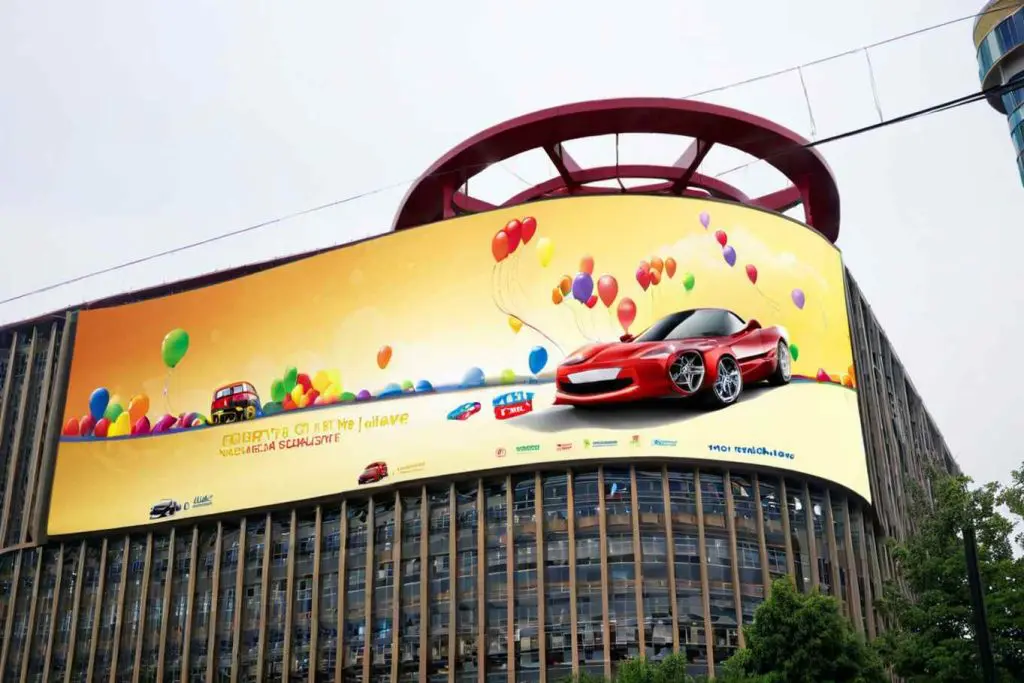
Fixed vs. Custom Resolutions
Because LED video walls are modular, they can be assembled in almost any size and shape. This flexibility is a huge advantage, but it also means standard resolutions like 1080p or 4K are not automatically achieved unless carefully planned.
Many projects aim to hit benchmark resolutions such as:
- Full HD (1920×1080): Common for mid-sized walls in conference halls or classrooms.
- 4K UHD (3840×2160): Ideal for premium retail, large control centers, and auditoriums.
- Custom Resolutions: Often seen in creative displays for trade shows, stages, and art installations.
To achieve a desired resolution, manufacturers or integrators calculate the needed screen size and pixel pitch during the planning stage. For example, achieving native 4K with a 1.5mm pitch would require a screen about 6 meters wide by 3.5 meters tall.
Why Resolution Isn’t Everything
While high resolution is important, it’s not the only metric that determines visual quality or performance. In some cases, an ultra-high resolution might actually be unnecessary — or even wasteful.
Here’s why:
- Viewing Distance: If the audience is 20 meters away, they won’t benefit from a 4K resolution. In fact, a coarser pitch with a larger display might provide a more immersive effect.
- Content Quality: Displaying low-resolution content (like security feeds or basic presentations) on a high-res wall will not improve its appearance — it may even expose flaws.
- Budget Considerations: Higher resolution requires more LED modules, finer pitch technology, and more processing power — all of which increase costs.
So when choosing the right resolution, context is king.
Real-World Resolution Use Cases
- Retail Storefronts
Bright, eye-catching displays are the goal, but viewers are usually several meters away. A pixel pitch of 2.5mm–3.9mm is common, offering great visibility without the need for ultra-HD resolution. - Control Rooms
Operators often sit just feet away from the display. A pixel pitch under 1.5mm is usually required, ensuring every data point is crisp and legible. - Outdoor Billboards
These are viewed from tens or even hundreds of meters away. A pitch of 6mm–10mm is typical, resulting in a lower resolution — but still delivering impactful visuals at distance. - Corporate Lobbies
Designed for impact and close-up viewing. Many installations aim for 1080p or 4K native resolution using fine pitch panels (1.2mm–1.9mm).
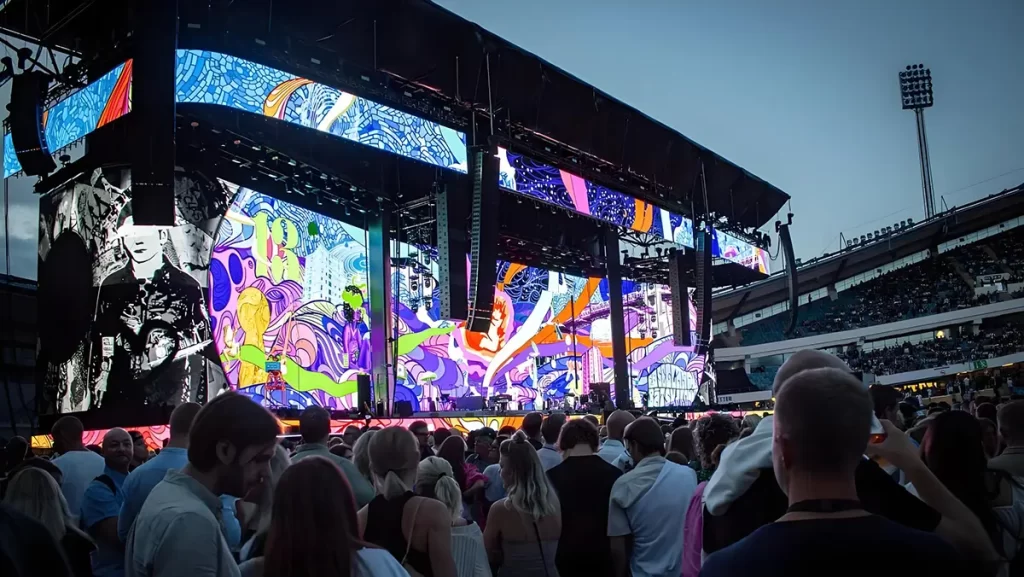
Choosing the Right Resolution for Your LED Wall
Selecting the right resolution is all about matching the display’s capabilities with its environment and purpose. Consider these factors:
- Audience Distance: The closer the viewer, the finer the pixel pitch required.
- Display Size: Larger displays can accommodate higher resolutions more easily.
- Content Type: Text-heavy content demands higher resolution than abstract visuals or simple branding.
- Environment: Indoor and outdoor use cases have different resolution demands.
- Budget: Fine-pitch LEDs are costlier — weigh the performance benefits carefully.
Working with a knowledgeable integrator can help ensure you balance all these factors effectively. Many providers use resolution calculators and 3D simulations to model exactly what your audience will see.
The Future of LED Video Wall Resolution
With ongoing advances in micro-LED and mini-LED technologies, pixel pitches are becoming even smaller — down to 0.7mm and below. This opens up new possibilities for ultra-fine resolution video walls in environments previously served only by LCD or OLED displays.
These innovations are making it possible to build 8K LED video walls for luxury venues, medical visualization, and mission-critical command centers. As manufacturing techniques evolve and prices decrease, these once-exotic displays will become more accessible to businesses of all sizes.
But as resolution scales upward, the need for careful planning grows as well. Over-specifying resolution may lead to increased costs without proportional gains in user experience.
So, what is the resolution of LED video walls? The most accurate answer is: it depends. It depends on the pitch, the size, the application, and the viewer’s expectations.
The beauty of LED technology lies in its modular nature — you don’t have to settle for fixed screen sizes or predefined pixel grids. Instead, you can build a visual experience that’s perfectly tailored to your needs, whether that means a massive 8K screen in a stadium or a simple HD wall for a small conference room.
Understanding resolution is just the beginning. The real power lies in how you apply it.
If you’d like help determining the optimal resolution for your space, many industry experts and LED display manufacturers offer free consultations — helping you build smarter, clearer, and more impactful displays from the ground up.
Frequently Asked Questions About LED Video Wall Resolution
-
What does pixel pitch mean in LED video walls?
Pixel pitch is the distance between the centers of two adjacent pixels on the screen, usually measured in millimeters. The smaller the pixel pitch, the higher the resolution and image clarity.
-
Can I get a standard resolution like 1080p or 4K on any LED video wall?
Because LED video walls are modular and customizable, you can achieve those resolutions by selecting the right combination of pixel pitch and screen size. However, it requires planning to match the exact pixel count.
-
How does viewing distance affect the resolution I need?
The closer the audience is to the screen, the finer the pixel pitch (higher resolution) you need to avoid seeing individual pixels. For distant viewing, a larger pitch and lower resolution is usually sufficient.
-
Are higher-resolution LED video walls always better?
Not necessarily. Higher resolution means higher cost and power consumption. If your content or viewing distance doesn’t require it, a lower resolution might be more cost-effective and still look great.
-
How do I choose the right LED video wall resolution for my project?
Consider your budget, viewing distance, content type, and installation environment. Consulting with a professional integrator can help you find the best balance between resolution and cost.

